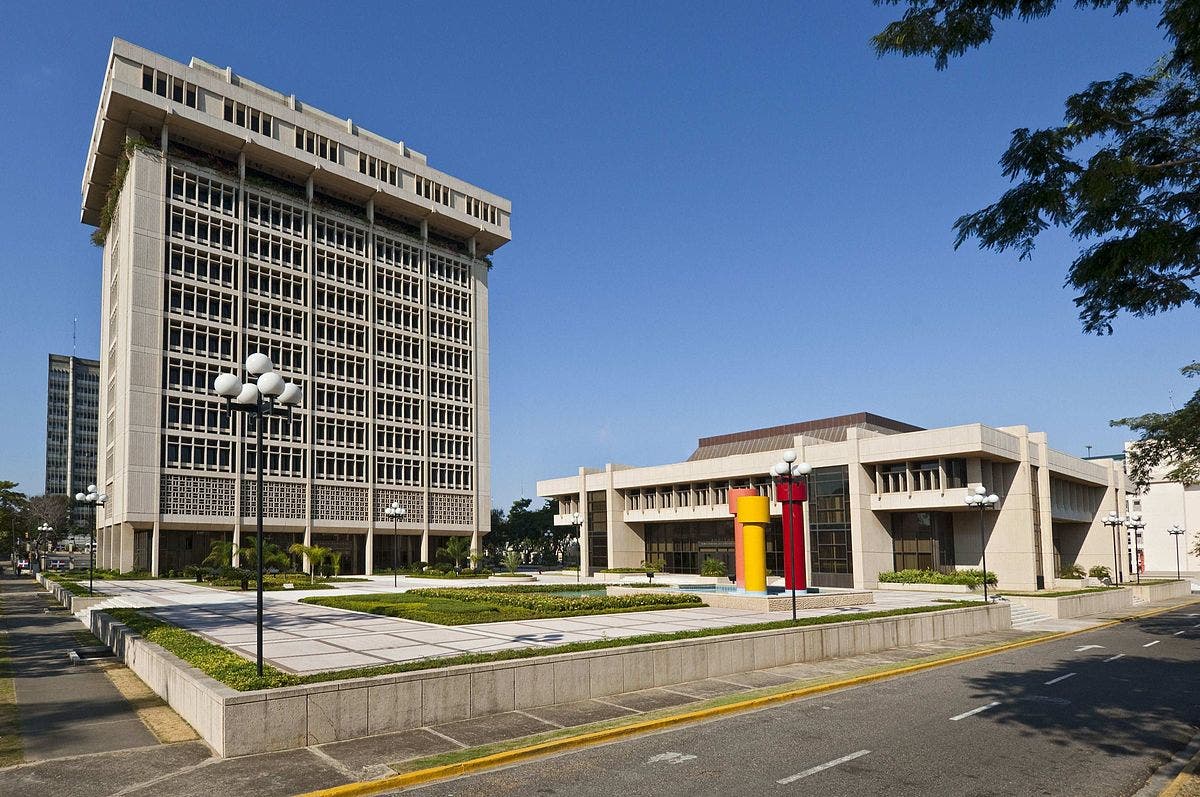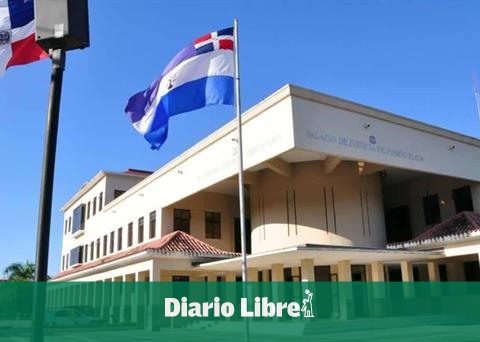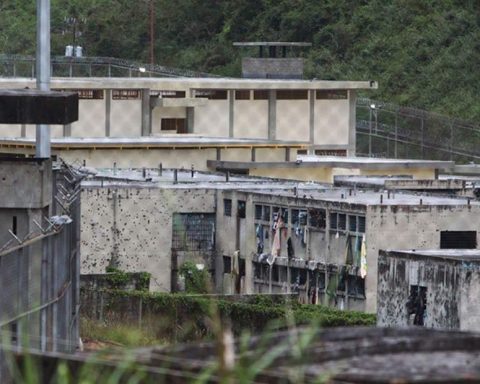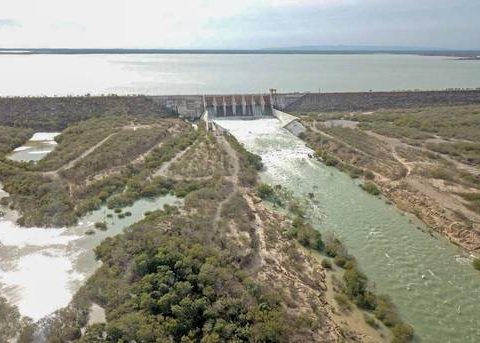The Central Bank of the Dominican Republic (BCRD), at its monetary policy meeting in September 2022, decided to increase its monetary policy interest rate (MPR) by 25 basis points, from 8.00% to 8.25% per year. In this way, the rate of the permanent liquidity expansion facility (1-day Repos) goes from 8.50% to 8.75% per year and the rate of remunerated deposits (Overnight), from 7.50% to 7.75% per year.
This decision is based on an exhaustive evaluation of the recent behavior of the economy, especially inflationary pressures. In relation to external factors, there has recently been a moderation in commodity prices, particularly oil and food; as well as in container transport costs, which have gone from a maximum of about US$20,000 per container from ports on the Asian continent in 2021 to a world average of approximately US$4,000 per container today. On the other hand, inflation continues to be influenced by the second-round effects of these external components and by internal demand pressures, to the extent that the momentum of economic activity is maintained.
In that context, the variation monthly consumer price index (CPI) stood at 0.21% during August 2022, the lowest in the last 27 months. Thus, year-on-year inflation continues its gradual convergence to the target range of 4% ± 1%, decelerating from a maximum of 9.64% in April to 8.80% in August. Likewise, year-on-year core inflation, which excludes the most volatile components of the basket, is beginning to show signs of moderation, going from 7.29% in May to 7.12% in August.
The increases made in the TPM, together with the reduction in inflation expectations, have caused the real interbank interest rate to be approximately one percentage point above its estimated neutral level. Likewise, there is evidence of a significant slowdown in monetary aggregates and a significant increase in the passive interest rate. On the other hand, the increase in the active interest rate has been more gradual, remaining below pre-pandemic levels.
In this active monetary policy scenario, inflation is expected to continue decelerating in the coming months, converging to the target range by mid-2023. In this context, the BCRD will be permanently monitoring external financial conditions and expectations. economic agents, to take the necessary measures to maintain price stability.
It is important to note that this decision to increase the MPR by 25 basis points considers that the BCRD preventively initiated the monetary restriction process at the end of 2021. This timely reaction has contributed to the moderation of inflation and has given the for more gradual adjustments to be made in the policy rate, unlike what is observed in most advanced and emerging economies.
In the international environment, high levels of uncertainty remain, mainly due to the war between Russia and Ukraine, causing a deterioration in global economic projections. In this sense, the forecasts for world growth have been revised downwards to 2.6% in 2022 according to Consensus Forecastswhile the outlook for international inflation remains high.
In the United States of America, our main trading partner, growth has slowed, forecasting an expansion of 1.7% for this year, according to consensus. On the other hand, year-on-year inflation is beginning to moderate, going from 9.1% in June to 8.3% in August, although it is still more than four times higher than the official target of 2.0%. In this context, the Federal Reserve increased the reference rate by 75 basis points (bp) in September, accumulating an increase of 300 bp during this year, while indicating that additional adjustments would be necessary in the remainder of 2022.
As for the Euro Zone, economic forecasts are being affected by the aforementioned war, projecting an expansion of 2.9% in 2022; while inflation reached 10.0% in September, the highest in the history of this bloc of countries. In this context, the European Central Bank at its last meeting increased its MPR by 75 bp, accumulating an increase of 125 bp in the year and has announced additional increases in the coming months. Likewise, the Central Bank of England has increased its MPR by 200 bp during this year, expecting further adjustments in the future due to higher inflationary perspectives and the deterioration of economic expectations.
In Latin America, almost all central banks have significantly increased their monetary policy rates, placing them above pre-pandemic levels, as is the case of Argentina (reference rate at 75.00%), Brazil (13.75%), Chile (10.75%), Uruguay (10.25%), Colombia (10.00%), Mexico (9.25%), Costa Rica (8.50%), Paraguay (8.50%), Dominican Republic (8.25%), Peru (6.75%) , Nicaragua (6.00%) and Guatemala (3.00%).
In the domestic environment, the Dominican economy continues to expand above its potential, growing cumulatively by 5.5% during the first eight months of 2022, after a year-on-year variation of 5.4% during the month of August. Taking into consideration the momentum maintained by aggregate demand, the economic growth projections for the end of 2022 have been revised slightly upwards, ranging between 5.0% – 5.5%, one of the highest expansions among the economies of the region. As a reflection of the economic dynamism, private credit in national currency is growing by more than 14% year-on-year at the end of September, similar to the expansion of nominal GDP.
Regarding fiscal policy, the higher collections stand out in relation to what was estimated, which provides the necessary space to apply subsidies aimed at mitigating the impact of higher international prices of raw materials on national production and households; as well as for assistance to the provinces affected by the passage of Hurricane Fiona.
On the other hand, an accumulated appreciation of 7.6% of the exchange rate has been observed at the end of September, as a result of the dynamism of the activities that generate foreign currency (tourism, exports, remittances and foreign direct investment) and the greater inflows of capital , grounded in the good macroeconomic fundamentals of the Dominican Republic. In this context, The Central Bank has made net purchases of foreign currency for some US$ 1,500 million during the last four months with the aim of avoiding an abrupt drop in the exchange rate and maintaining high levels of international reserves.
It is important to highlight that the Dominican economy is in a good position to continue facing the adverse shock, taking into account the strength of the macroeconomic fundamentals and the resilience of the productive sectors. The Central Bank of the Dominican Republic reaffirms its commitment to conduct monetary policy towards the achievement of its inflation target and the proper functioning of the financial and payment systems, being prepared to adopt additional measures in the face of factors that may put stability at risk. of prices.
September 30, 2022
Increases in the Monetary Policy Rates (MPR) of Latin America
| countries | MPR increase in Sept. 2022 (in bp) | Current TPM level Sept. 2022 (in %) |
| Argentina | +550 | 75.00% |
| Brazil | – | 13.75% |
| Chili | +100 | 10.75% |
| Uruguay | – | 10.25% |
| Colombia | +100 | 10.00% |
| Mexico | +75 | 9.25% |
| Costa Rica | +100 | 8.50% |
| Paraguay | +25 | 8.50% |
| Dom. Rep. | +25 | 8.25% |
| Peru | +25 | 6.75% |
| Nicaragua | +50 | 6.00% |
| Guatemala | +25 | 3.00% |


















